
[ad_1]
I love short telephoto lenses because of how versatile they can be for anything from portraits to landscapes. The Hasselblad XCD 90mm f/2.5 V provides exactly this with its 71mm full-frame equivalent field of view. There is enough compression in head-and-shoulders portraits to please me, and I like the ability to do full-body shots without needing a ton of space.
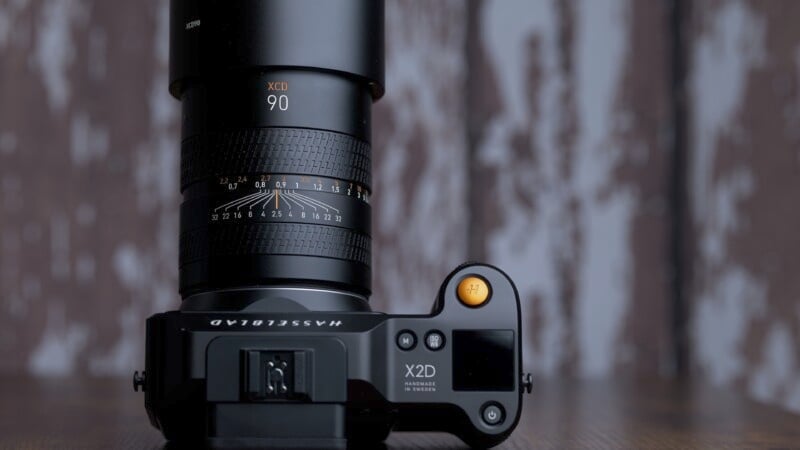
I also find the focal length to be ideal as a general-purpose walk-around lens, like a 50mm with a slightly tighter look. And yet, the $4,299 Hasselblad XCD 90mm f/2.5 V also gives the dramatic shallow depth of field look that you might want to use from time to time. It does this even better than the older 90mm f/3.2 XCD and still manages to keep the weight down below its older counterpart.
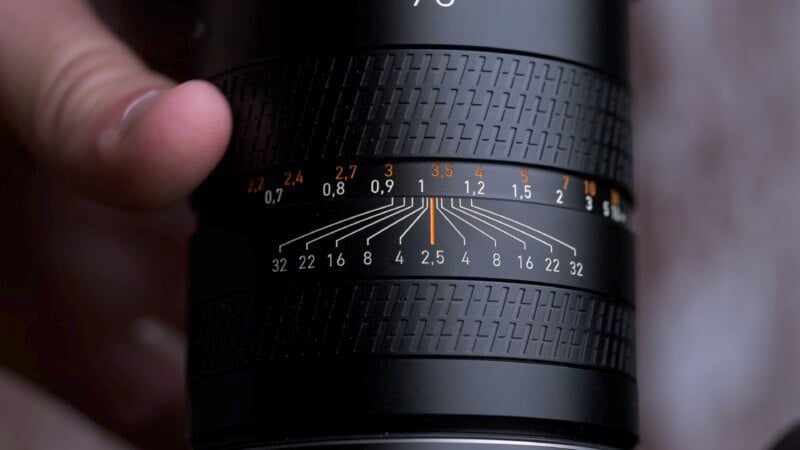
Hasselblad XCD 90mm f/2.5 V: How It Handles
The first thing I noticed was how light and compact this lens is. I used it on the X2D and the overall package was pleasant to carry around. Weighing only 19.4 ounces (551 grams) and with a manageable 72mm filter diameter, the 90mm f/2.5 is very convenient. The fit and finish of the lens — like all Hasselblad lenses — is to a very high standard and the 90mm has a beautifully machined chassis.
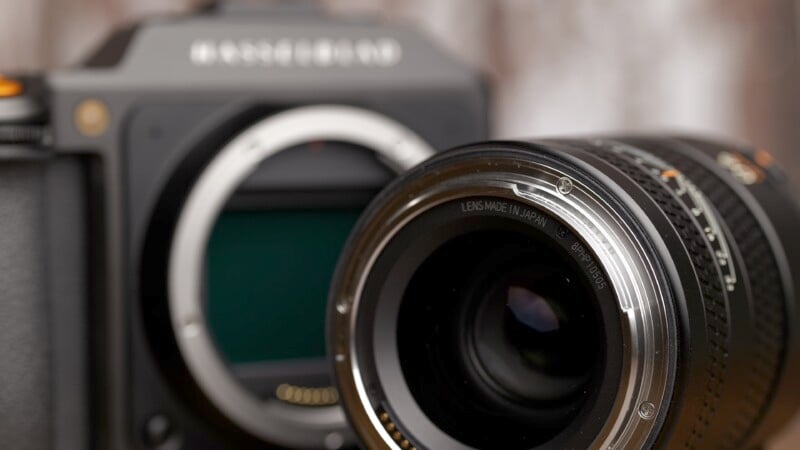
I like the smoothness of the manual focus ring and the push-pull clutch mechanism. The depth of field scale is easy to use in focus mode and the mini “H” texturing is very grippy. There is a gorgeous aperture ring on the 90mm which oddly has the option to de-click the aperture stops. This is strange, given that a smoothly turning aperture ring is usually reserved for video applications that the X2D chooses to omit completely. However, this ring can be customized and users may prefer a smooth operation for other functions.

Hasselblad XCD 90mm f/2.5 V: How It Shoots
Optically, Hasselblad lenses have always had an excellent reputation but I was concerned that there might be some compromises due to it being faster and yet smaller than the lens that came before it. I usually like to start my testing with flare examples and the 90mm had no real issues. Contrast was well-maintained even when shooting towards the sun. Ghosting was minimal even when stopped down and internal reflections were controlled well.
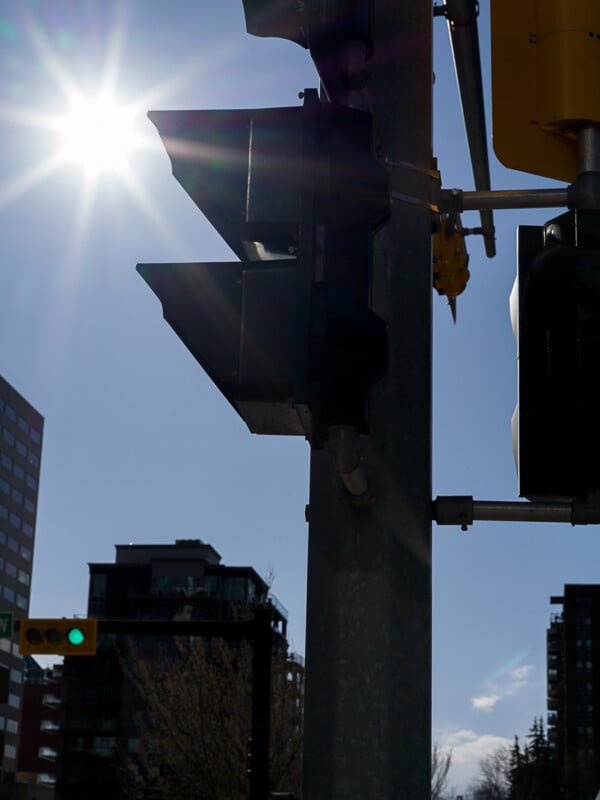
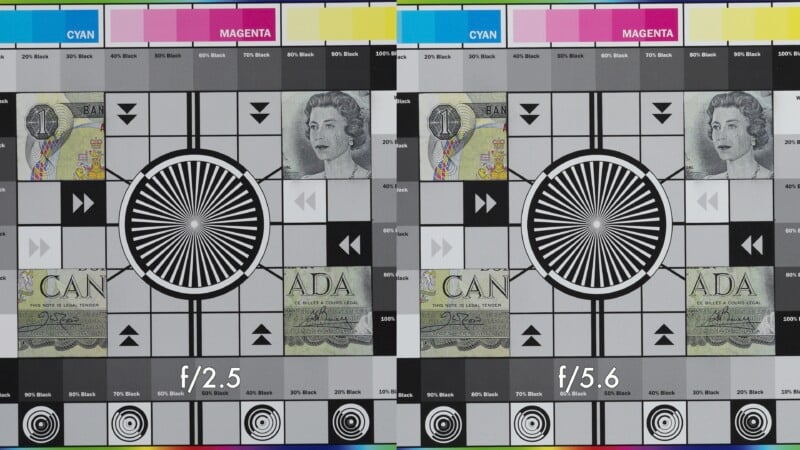
Sharpness was exceptionally good wide-open in the center of the image. There was a little vignetting present in the corners at f/2.5 and sharpness falls off a tiny bit towards the edges, too. However, by f/4 everything is rich with detail across the frame. Given that most portrait work has out-of-focus corners anyway, I was perfectly happy to shoot the lens at its widest aperture.


Bokeh performance was especially nice with clean specular highlights and very soft transitions as the focus falls off into the background. Portraits have a really beautiful look to them as the focus transitions to the ears and shoulders. Oddly enough, the specular highlights take on a distinctly polygonal shape due to Hasselblads use of relatively few aperture blades. Some will love this look and others will be turned off by it.


Being a faster-aperture lens, I tested for LoCA — longitudinal chromatic aberrations, which refers to color cast in the foreground and background out-of-focus areas. The 90mm was free from any nasty color casts creeping into the background and any other chromatic aberrations were minimal.

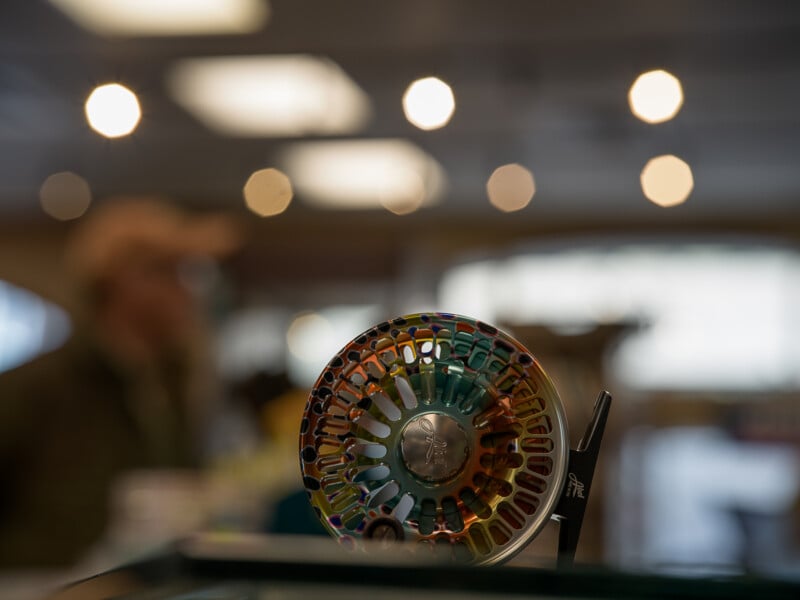
An Excellent Portrait Prime
I focused on taking portraits with Hasselblad’s new XCD 90mm f/2.5 V and enjoyed the shooting experience that it gave me. The recent firmware updates to Hasselblad face detection autofocus made a difference, too. For those wanting to shoot outdoor portraits with flash, the upgraded leaf shutter allows for flash sync up to 1/4000 second now. Although the lens is more expensive than the older 90mm f/3.2, I think it is well worth the cost if you are looking for a versatile portrait lens for the Hasselblad system.
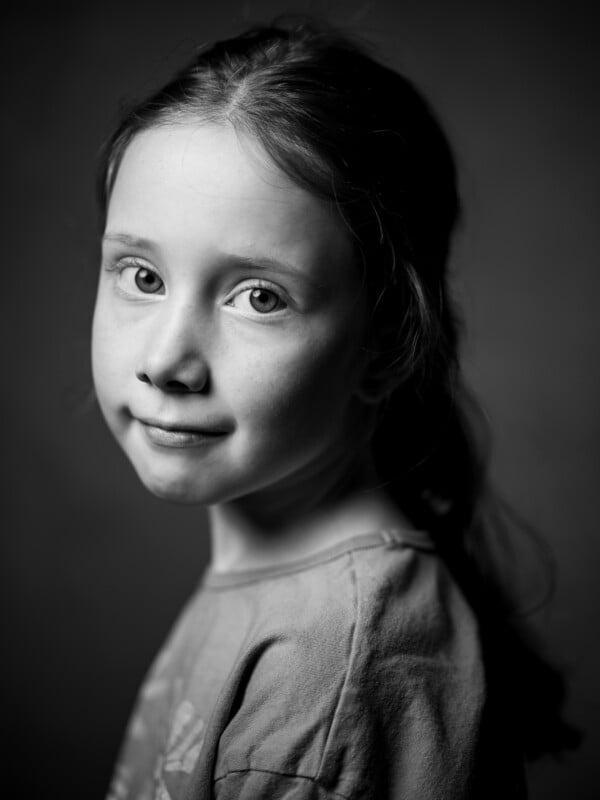
Are There Alternatives?
The older 90mm f/3.2 lens is still good and can deliver fairly shallow depth-of-field for a somewhat reduced price. However, it is slower and heavier than the new 90mm and, perhaps most importantly, it can be difficult to find as it is listed as “no longer available” at many retailers.
Should You Buy It?
Yes. The upgrades are thoughtful and the lens proves itself to be very handy.
[ad_2]